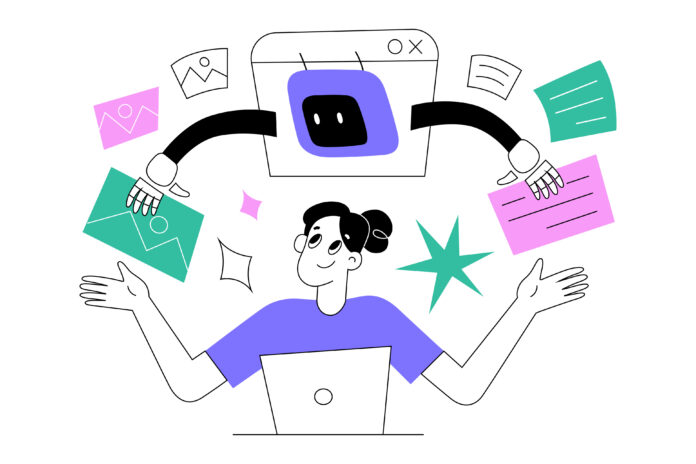
A year ago, the public release of ChatGPT sent shockwaves through the enterprise tech world, sparking a race to embed this transformative technology and capturing the attention of global regulatory agencies.
Shifts in Tech Landscape
Companies swiftly grasped the potential of generative AI, prompting significant changes in product roadmaps and strategic adjustments by CTOs. SoftBank data indicates that nearly one-third of technology leaders modified their strategies, and two in five shifted talent priorities to accommodate generative AI needs.
Evolution of Implementation
As CIOs delved into experimenting and implementing generative AI, questions surfaced about costs, copyright issues, and data protection. Transparency surrounding AI systems became a focal point of public discourse. Despite these challenges, more than half of executives report implementing generative AI to some extent, showcasing a determination to reap its benefits.
Foundational Models and Transparency
However, the integration of foundational models into workflows poses challenges, as they often require large data sets that most businesses are unable to build. According to an October report from Stanford University, MIT, and Princeton University, major foundational model developers have significant room for improvement in terms of transparency. Meta’s Llama 2 received the highest score at 54 out of 100, with OpenAI’s GPT-4 scoring 48%, Anthropic’s Claude 2 scoring 36%, and Amazon’s Titan Text lagging at 12%.
Vendor Adaptation and Risks
Enterprises, vendors, and technology leaders are grappling with risks associated with generative AI. Many businesses, according to QuantumBlack’s AI by McKinsey survey, aren’t actively working to mitigate risks, but those that are focused on acceptable use policies and training opportunities. Vendors, including OpenAI, Microsoft, and Google, are adding security guardrails, and privacy options, and addressing legal risks to adapt to a more risk-aware enterprise landscape.
Responsible AI Practices
The shift towards responsible AI practices is evident, with nearly half of business leaders planning to invest more in responsible AI in 2024 than in 2023, according to AWS research. However, businesses still have room to improve in terms of embedding safe design principles into their AI practices. Challenges include the rapid evolution of technology, lack of awareness or education, and a dearth of regulation.
The Hype and Realities of Generative AI
The past year saw a surge in hype surrounding generative AI, with use cases emerging across industries. Despite early adopters making headlines, most businesses are in the early stages of implementing generative AI. It’s crucial for organizations to recognize when generative AI is not the best solution for enterprise problems. Some experts, including Vincent Yates and Amanda Stent, emphasize the importance of assessing whether automation, and specifically AI, is necessary for a given task.
Future Outlook
As the generative AI landscape evolves, both enterprises and vendors are expected to refine their approaches. The counter-movement against unnecessary AI additives may lead to the reevaluation of certain generative features that prove costly without significant impact.
In summary, the past year has been marked by challenges, progress, and a growing recognition that responsible and strategic adoption of generative AI is key for long-term success in the ever-evolving tech landscape.




